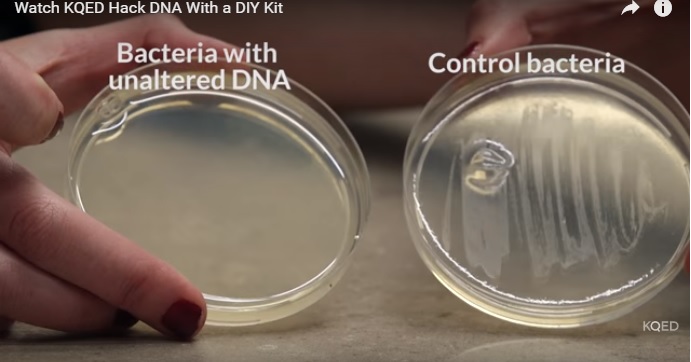In most scientific fields, getting your hands on cutting-edge technology is difficult to impossible. No DIY particle physicists are able to measure the mass of the Higgs Boson in their garage. Access to the most powerful telescopes is hard to come by even for professional astronomers. But this needn’t necessarily be the case in biology.
A few months ago when I was reporting a piece for KQED, about Silicon Valley entrepreneurs embracing CRISPR/Cas9 gene editing technology, I came across a fascinating person. Josiah Zayner had recently left his job as a synthetic biologist at NASA in order to become a full-time “biohacker.” He now sells kits to bio-enthusiasts who, like him, yearn to tinker with bacterial or yeast DNA on their evenings and weekends.
"When you read about CRISPR it just sounds like magic," he says. "A lot of the time when you read about new science it's not actually tangible. In CRISPR I saw an opportunity. It's cutting-edge, yet it's so accessible that you can use it in your home, on your kitchen table. You can learn about cutting-edge science by actually doing it."
Zayner's kit, which sells for $140, has limited applications. You couldn't use the kit to alter your own genes, for example. It's basic citizen science that offers a lens into an innovative scientific process.

The CRISPR gene-editing technology, which allows scientists to make changes to specific cells, has created a lot of excitement in the scientific world. At its most basic, the CRISPR/Cas9 system has three components: the Cas9 enzyme which acts as a sort of molecular scissors, guide RNA to lead the scissors to the right spot to cut, and template DNA which takes the place of the 'old' DNA that has been snipped out.

